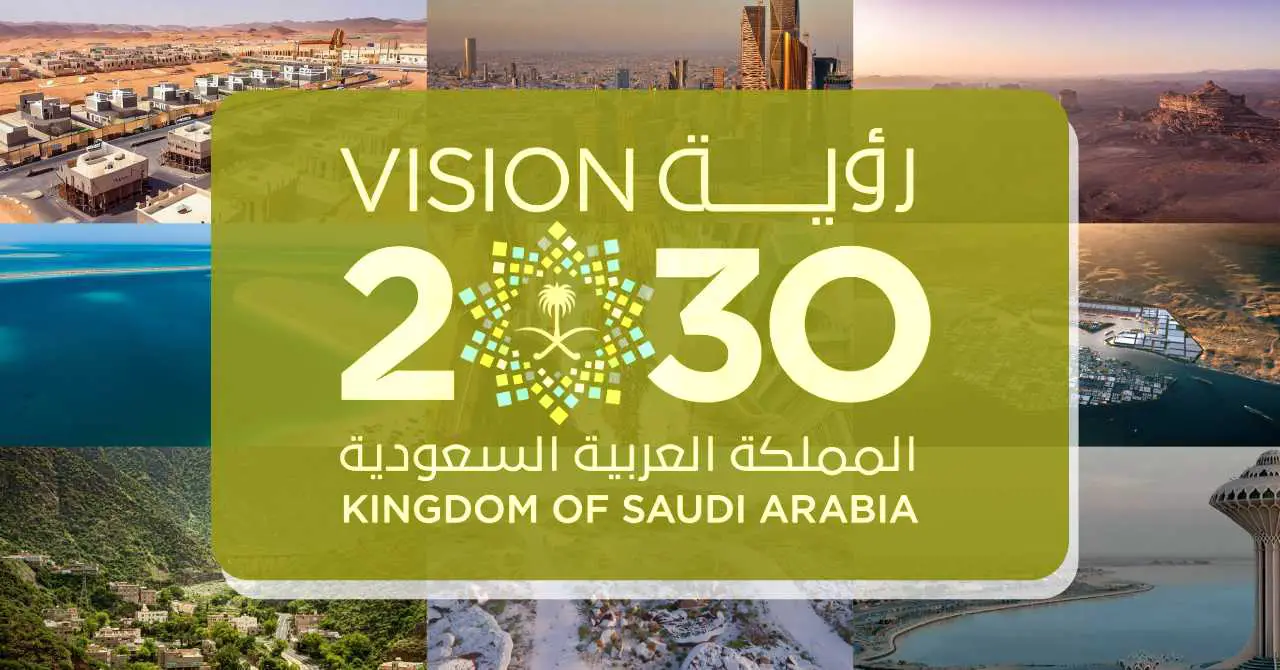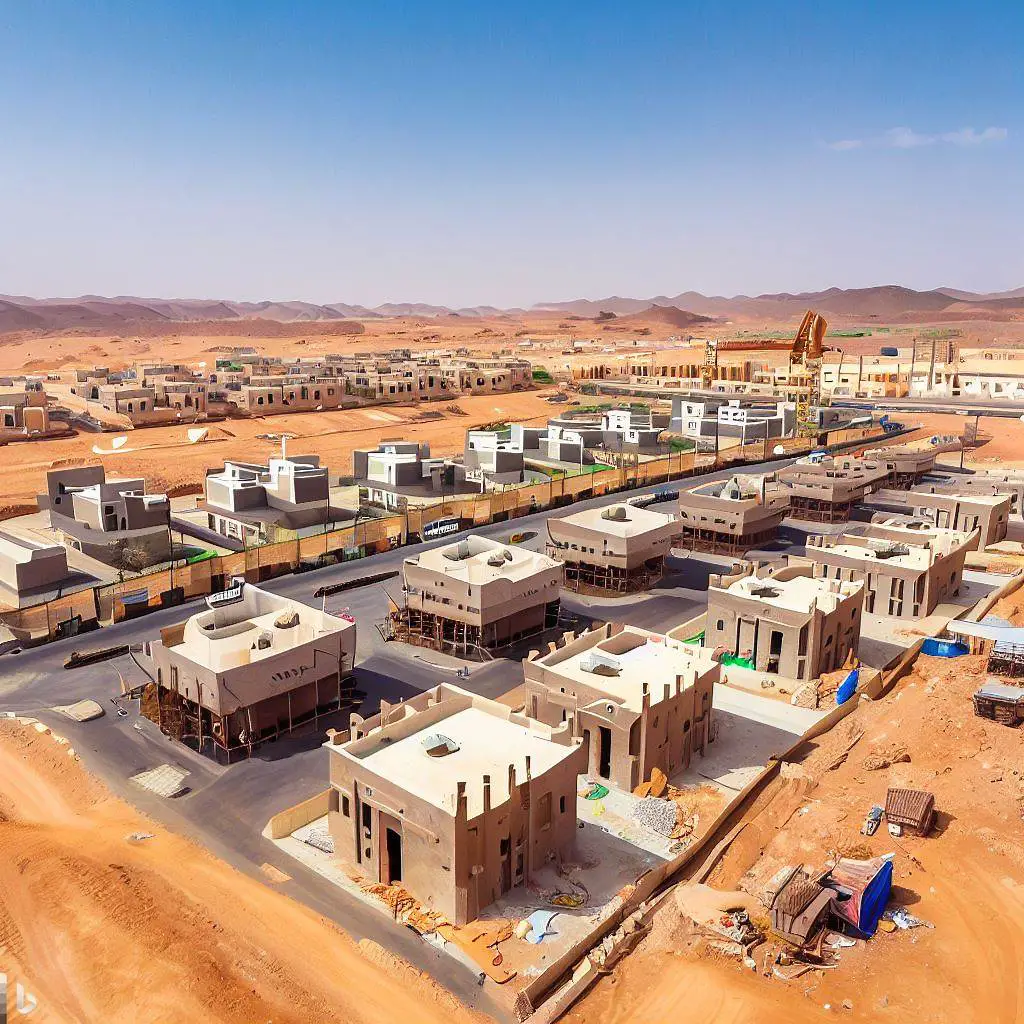Saudi Vision 2030 is a strategic plan aimed at diversifying the Saudi economy and reducing its dependence on oil revenues. This plan was announced in 2016 by Crown Prince Mohammed bin Salman and aims to transform Saudi Arabia into a modern, vibrant, and prosperous society by 2030. The citizens and residents of Saudi Arabia are preparing for this vision by embracing various initiatives and programs that are designed to promote economic growth, social development, and cultural exchange.
This includes increasing investment in non-oil industries, promoting tourism, improving education and healthcare, empowering women and youth, and promoting sustainable development. Keep on reading to learn more about this program and how it seeks to create a brighter future for all Saudis and establish the Kingdom as a major player on the global stage.
Contents
The Saudi Vision 2030 blueprint promises a bright future for both citizens and expats living in the Kingdom. With a focus on economic diversification, the plan aims to create new job opportunities, attract foreign investment, and boost productivity. This will lead to a more dynamic and diverse job market, with opportunities for both Saudis and expats to contribute to the economy.
In addition, the plan emphasizes the importance of social development, with initiatives to improve education, healthcare, and housing. Expats, including OFWs, can look forward to a higher standard of living and greater access to public services, while Saudis can expect greater job security and more opportunities to develop their skills and careers.
Saudi Vision 2030: Overview
- Economic diversification: This program aims to reduce the Kingdom’s dependence on oil revenues and to diversify its economy by investing in non-oil industries, promoting tourism, and boosting productivity.
- Development of giga-projects: The plan includes the development of big-budget giga-projects such as UNESCO World Heritage Sites and brand-new cities, which will boost tourism and create new job opportunities.
- Social development: The plan emphasizes the importance of social development, with initiatives to improve education, healthcare, and housing. This will improve the standard of living for both citizens and expats.
- Arts and entertainment scene: This program has had a sweeping effect on the Kingdom’s arts, entertainment, and restaurant scene, with an emphasis on promoting cultural exchange and attracting international talent.
- Leadership: The mastermind behind this program is His Royal Highness Crown Prince Mohammed bin Salman, who is seen as a reformer and is determined to achieve the plan’s objectives.
- Three main objectives: This program’s blueprint has three main objectives – to create a vibrant society, a thriving economy, and an ambitious nation. These objectives aim to establish Saudi Arabia as a major player on the global stage and create a brighter future for all Saudis.
3 Pillars
1. A vibrant society
As part of this program, the government aims to create a vibrant society that promotes cultural exchange and entertainment for both residents and tourists. In recent years, the country has made significant progress in this area by allowing cinemas and live music performances.
With the introduction of the national program Daem, cultural venues have been opening up and showcasing local talent.
The country also aims to increase its capacity for Umrah pilgrimages and its count of UNESCO World Heritage Sites, which currently stands at six.
The government also aims to improve the quality of life, healthcare, and life expectancy of its citizens, with a target to increase the average life expectancy from 74 to 80 years. With these efforts, Saudi Arabia is transforming into a vibrant and dynamic society.
2. A thriving economy
Saudi Arabia’s Vision 2030 aims to create a thriving economy by increasing employment opportunities for its citizens and boosting entrepreneurship.
Through Saudisation, more jobs are being created for locals, and the government is committed to increasing the number of women in the workforce from 22 percent to 30 percent.
Key Points of the Saudisation Program:
- Increase employment opportunities for Saudi citizens in the private sector.
- Reduce unemployment rate among Saudis.
- Increase the percentage of women in the workforce.
- Encourage private sector employers to hire Saudis.
- Develop the skills and capabilities of Saudi workers to meet the demands of the job market.
- Provide financial incentives to employers who hire Saudi nationals.
- Encourage self-employment and entrepreneurship among Saudis.
Challenges of the Saudisation Program:
- Cultural and social barriers: Many Saudis may not be willing to take up jobs in the private sector due to cultural and social barriers.
- Skills gap: Some Saudi workers may not have the necessary skills and experience required by the private sector.
- Limited job opportunities: There may not be enough job opportunities in certain industries to meet the demand of Saudi job seekers.
- Resistance from employers: Some employers may prefer to hire expatriates due to their lower cost and higher level of experience.
- Lack of training and development programs: The lack of training and development programs for Saudi workers may limit their ability to perform well in the private sector.
- Economic challenges: The Saudisation program may face economic challenges due to the country’s dependence on the oil industry, which is currently experiencing a downturn.
The Saudisation program has had a significant impact on Saudi society and the job market, including OFWs. The program aims to increase the employment rate of Saudi citizens, which has led to a reduction in the number of foreign workers in the country. While this policy has opened up job opportunities for locals, it has also created challenges for businesses that rely on foreign labor.
As a result, some companies have been forced to restructure their operations or downsize. Additionally, many OFWs who had been working in Saudi Arabia for years have been forced to leave the country due to job losses.
However, the program has also led to the development of new industries and increased training opportunities for Saudi citizens, which may result in a more diversified economy in the long run.
The country is also providing a business-friendly environment by introducing regulations that make it easier for entrepreneurs to start their own businesses and access funding. Furthermore, the country is expanding its foreign direct investment and non-oil exports to keep the cash flowing and diversify the economy away from its dependence on oil.
3. An ambitious nation
The program aims to transform the kingdom into an ambitious nation, with a focus on attracting volunteers in healthcare, education, and cultural programs. The government also strives for transparency, effective governance, and engagement with citizens.
To achieve this, a zero-tolerance policy on corruption has been adopted, and the country aims to be among the top five nations on the E-Government Survey Index.
Protecting the environment is also a crucial part of the plan, with eco-friendly cities like NEOM rising out of the desert, and the promotion of aquaculture to safeguard vital resources.
The excitement around this program is palpable among locals as the changes brought about by this ambitious plan will impact housing, work, and leisure time, while also increasing household savings and income.
Vision 2030 Projects
NEOM
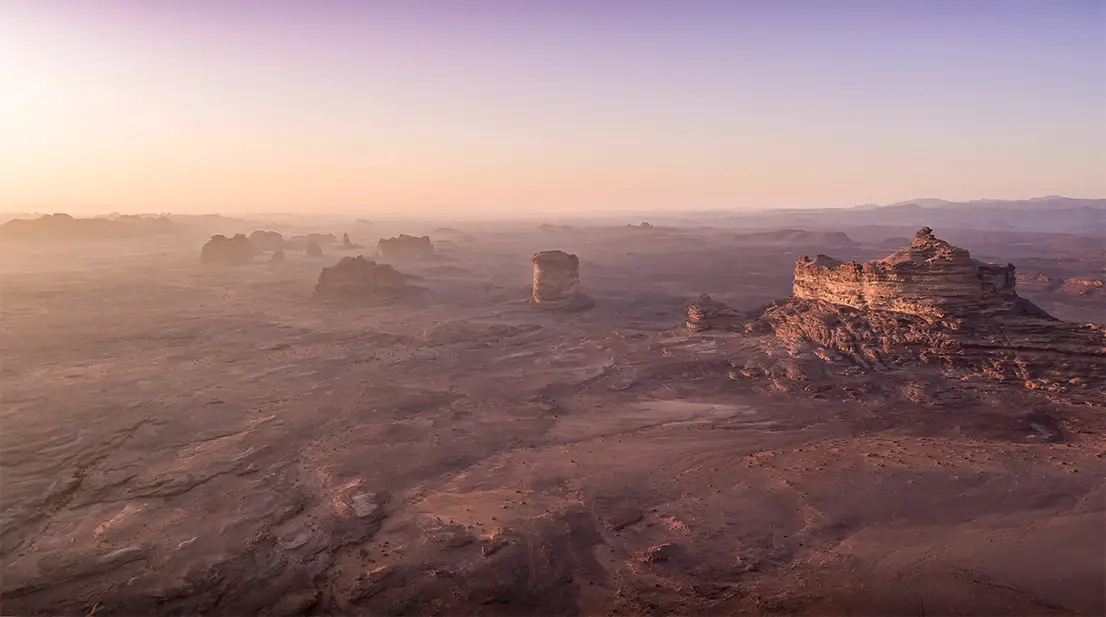
NEOM is a visionary project of the Public Investment Fund that aims to create a new future for humanity, representing the epitome of innovation, livability, and sustainability.
NEOM is a bold and ambitious undertaking that seeks to accelerate human progress and create a global hub for innovation and technology. It will span over 10,000 square miles in the northwestern region of Saudi Arabia, stretching into Egypt and Jordan, and will be a crossroads of three continents: Asia, Europe, and Africa.
NEOM is expected to be a center for cutting-edge technologies, such as renewable energy, biotechnology, and robotics, and is planned to be carbon-neutral, providing a blueprint for sustainable development in the region.
The project aims to create a new kind of society, where technology and human life coexist in harmony, and where entrepreneurship and creativity thrive.
NEOM is a massive project that encompasses numerous subprojects, each with its own unique focus and purpose. Here are three examples:
- The Line
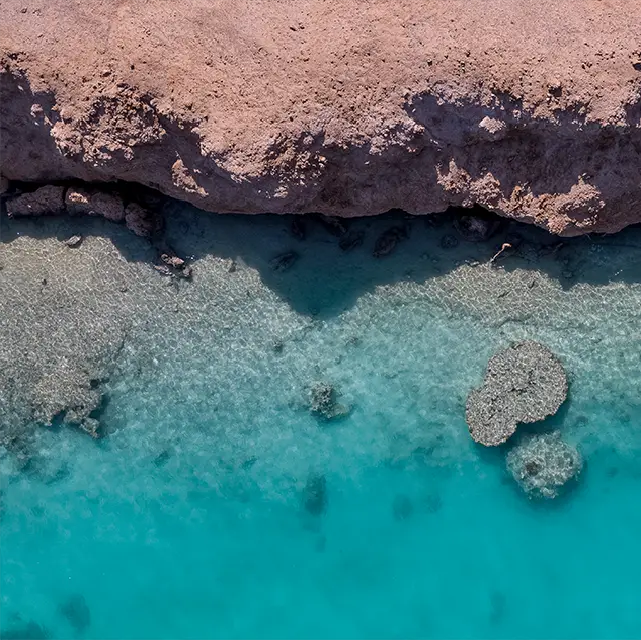
The Line is a revolutionary project that aims to create a 170-kilometer linear city that will run entirely on renewable energy. The city will be home to a million people and will offer a new way of life for residents. The Line will be free from cars and streets, and people will be able to move around the city using high-speed public transportation. The project aims to provide a sustainable and eco-friendly living environment.
- Oxegon
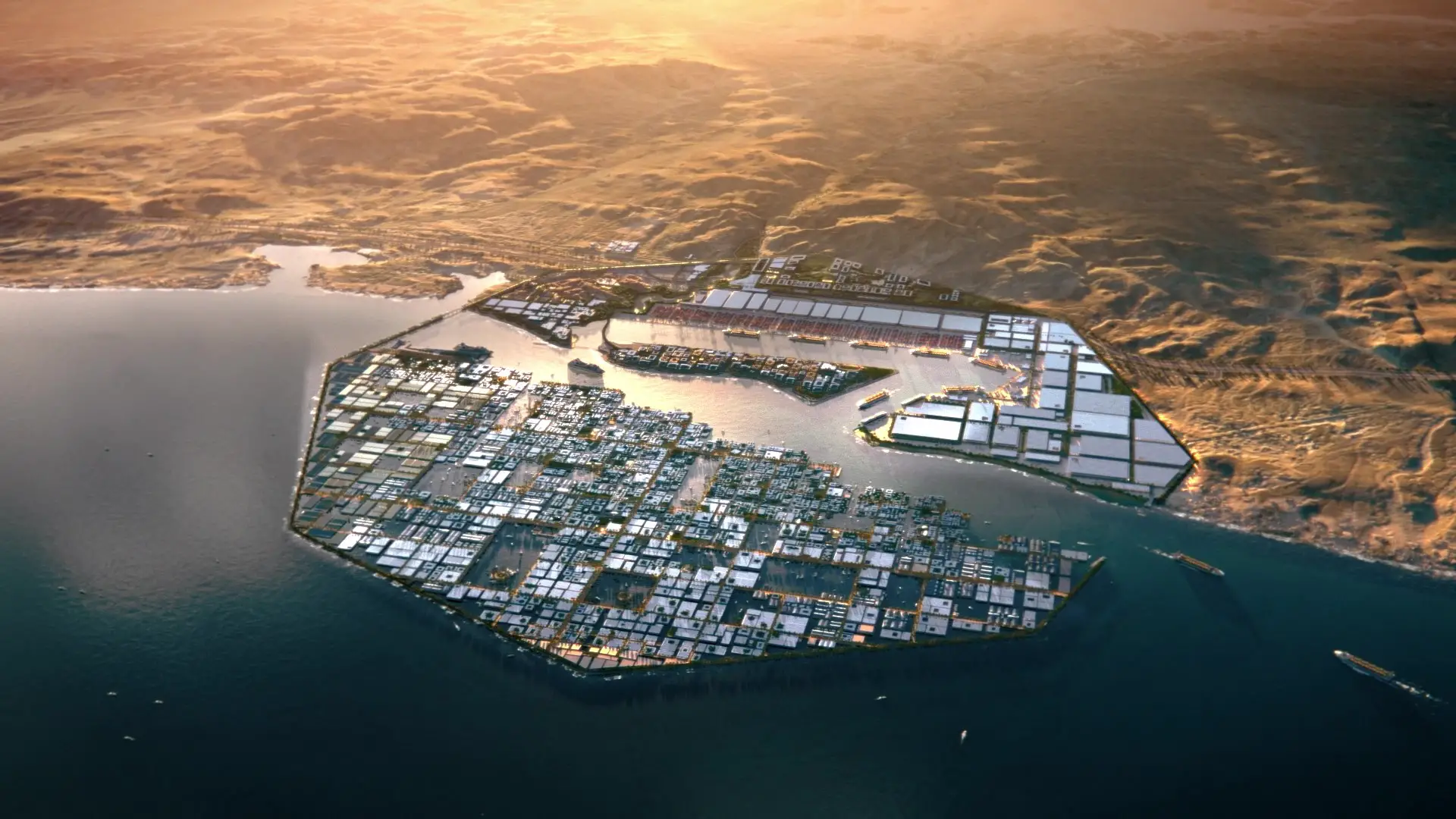
Oxegon is a futuristic and ambitious project that aims to build the world’s largest green hydrogen plant in NEOM. The plant will produce up to 650 tons of green hydrogen per day, which will be used in a variety of industries, including transportation, industry, and power generation. The project will also include a research and development center for hydrogen technologies.
- Trojena
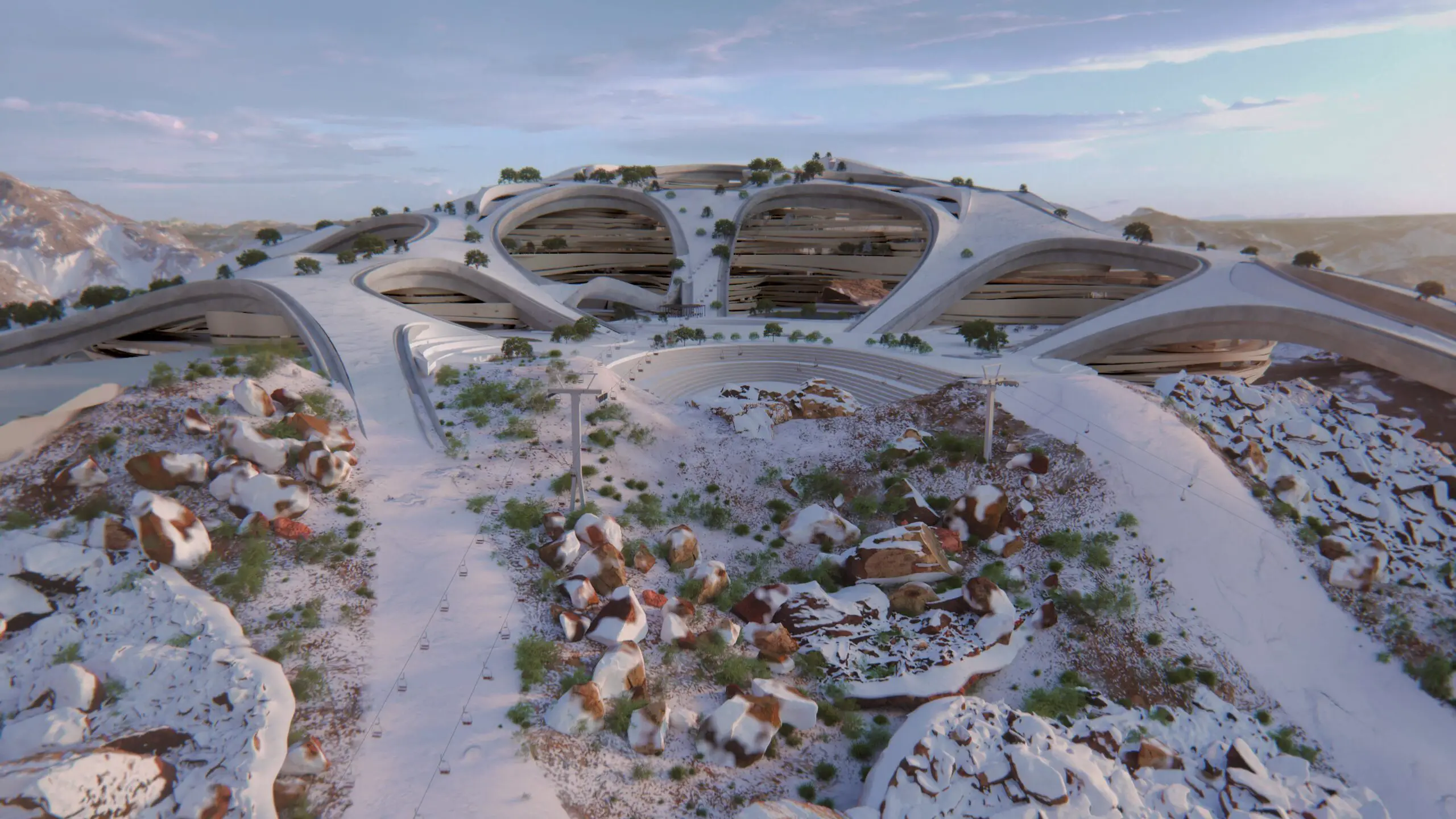
Trojena is a project that aims to create a smart city within NEOM that will be powered entirely by renewable energy. The city will offer an advanced and sustainable living environment that incorporates the latest smart technologies. The project will also include a research and development center for sustainable living technologies. Trojena is expected to be a model for future cities around the world, showcasing how cities can be both sustainable and technologically advanced.
The Red Sea
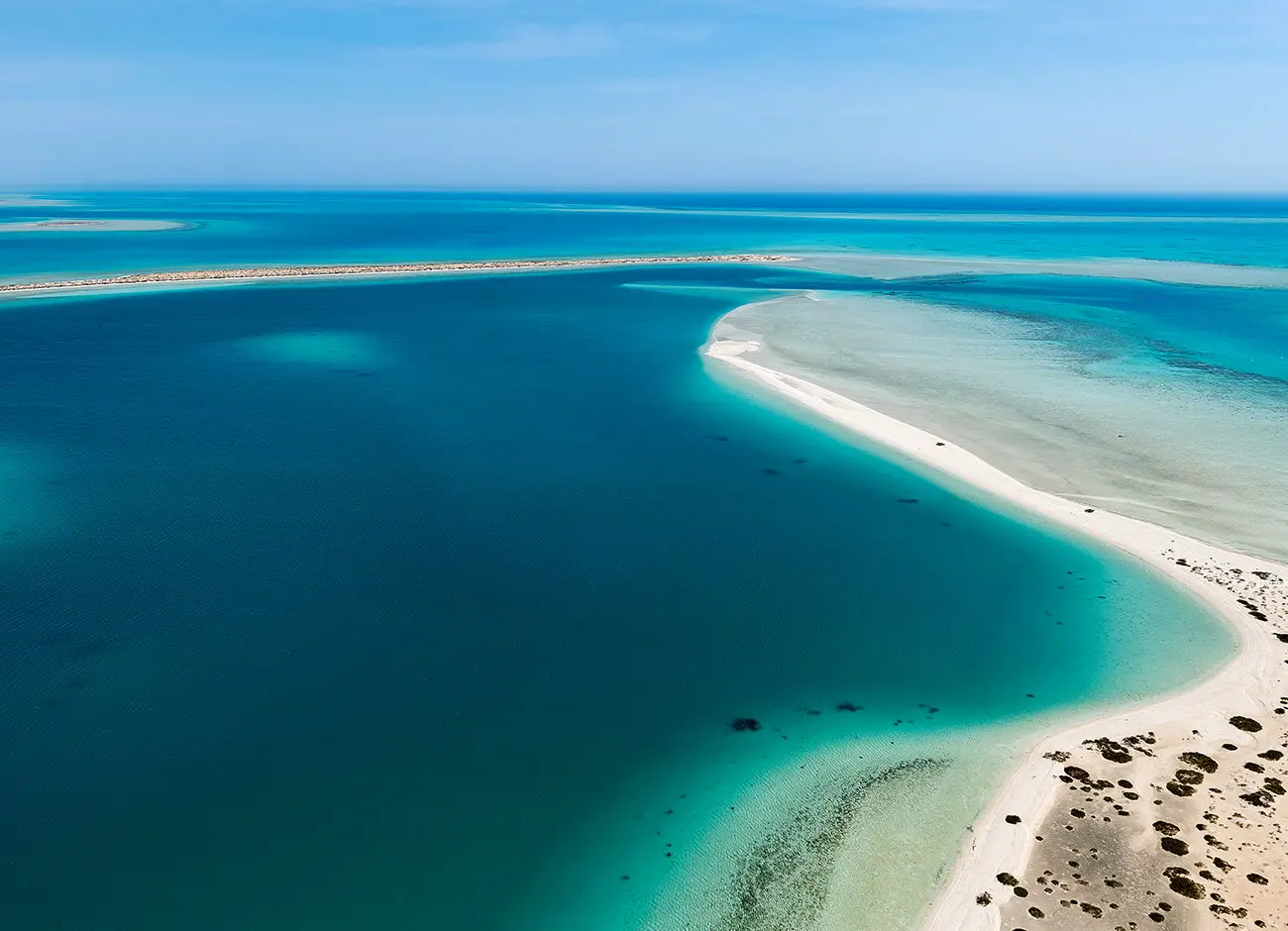
The Red Sea project is a remarkable initiative by the Public Investment Fund of Saudi Arabia, aimed at transforming the region into a global luxury tourism and hospitality destination.
This ambitious project will feature pristine beaches, breathtaking landscapes, and a wide range of recreational activities, including water sports, hiking, and diving. The project aims to preserve the natural beauty of the Red Sea region while creating a unique and world-class tourism experience.
With its innovative design, top-notch facilities, and exceptional service, the Red Sea project will offer visitors an unparalleled level of luxury and comfort. This groundbreaking project is poised to have a significant impact on the tourism industry in Saudi Arabia and the region as a whole.
It is expected to create thousands of jobs and drive economic growth, while also promoting environmental sustainability and cultural preservation.
Destination’s main assets:
1. Red Sea International Airport: The Red Sea International Airport is an upcoming airport that is set to be built as part of the Red Sea Project. It is expected to be a world-class airport that will cater to both domestic and international flights. The airport will be designed with sustainability in mind, featuring eco-friendly designs and technology to minimize its carbon footprint.
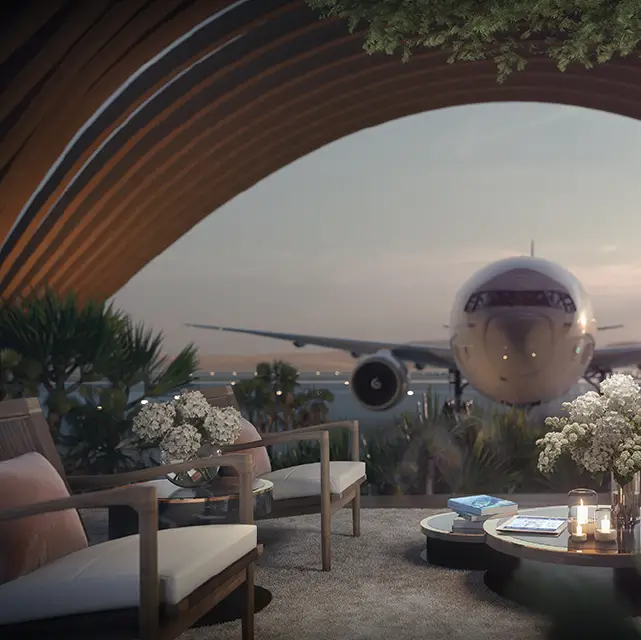
2. Landscape Nursery: The Landscape Nursery is a facility that will provide a variety of plants and trees that are native to the Red Sea region. The nursery will be responsible for growing plants and trees that will be used in the landscaping of the project’s hotels, residential areas, and other public spaces. The plants and trees will also be used to restore and enhance the natural beauty of the region.
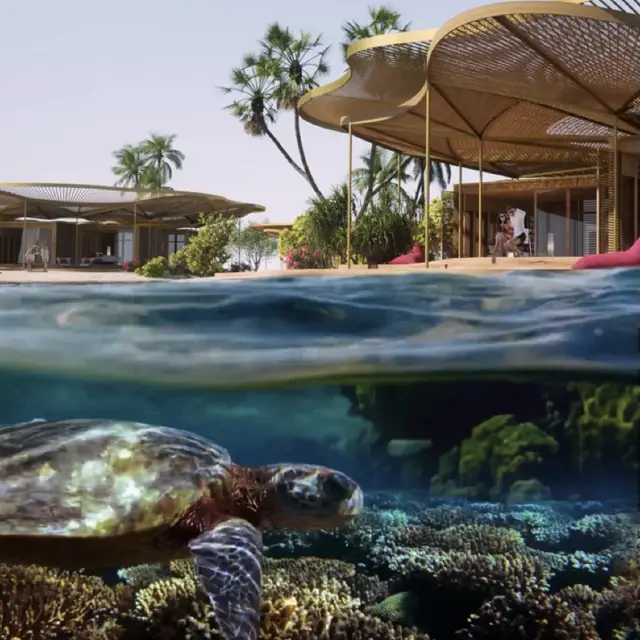
3. Waste Management Facility: The Waste Management Facility is a crucial component of the Red Sea Project’s sustainability plan. The facility will be responsible for managing the waste generated by the project’s hotels, residential areas, and public spaces. The facility will use advanced waste management technology to ensure that waste is properly sorted, treated, and disposed of in an environmentally responsible manner.
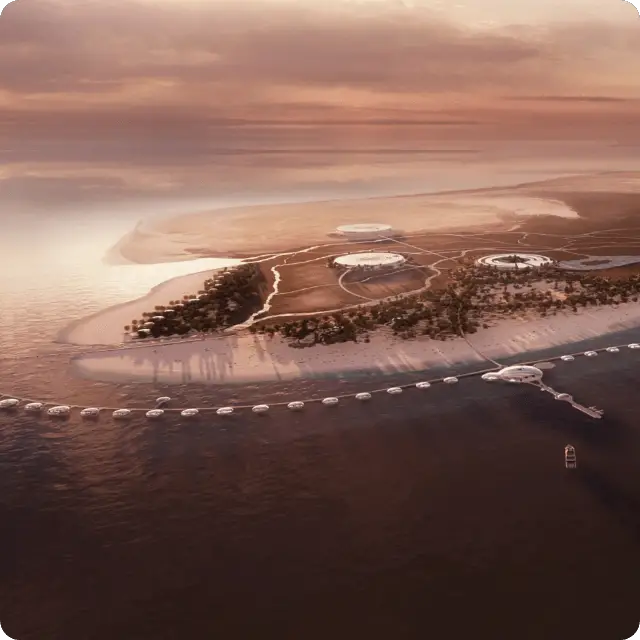
4. Hotel Destinations: The Red Sea Project will feature a variety of luxury hotel destinations, each with its own unique design and amenities. The hotels will be built to the highest standards of luxury and sustainability, featuring eco-friendly designs and technologies to minimize their impact on the environment. The hotels will offer a range of amenities, including restaurants, spas, fitness centers, and water sports facilities.
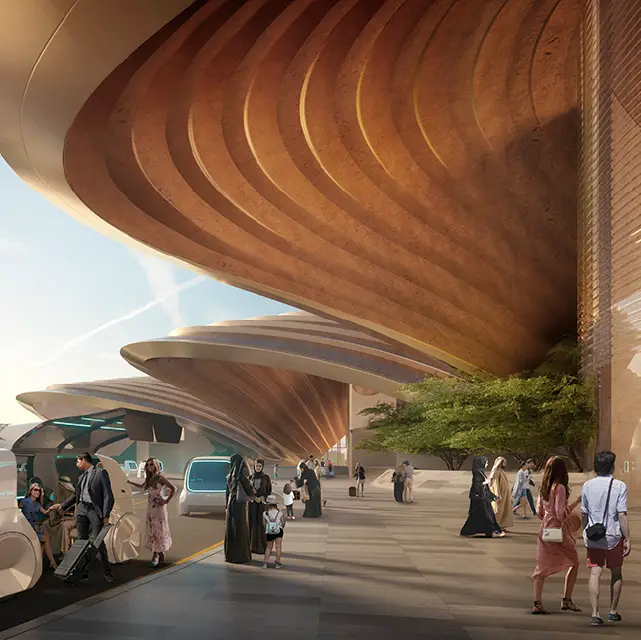
5. Construction Village with a Central Medical Facility: The Construction Village is a temporary housing facility that will be built to house the workers who will be constructing the Red Sea Project. The village will be designed with sustainability in mind, featuring eco-friendly designs and technology to minimize its impact on the environment. The village will also include a central medical facility to provide healthcare services to workers.
6. Coastal Village: The Coastal Village is a residential community that will be built as part of the Red Sea Project. The village will be designed to provide residents with a luxurious and sustainable living experience, featuring eco-friendly designs and technology to minimize its impact on the environment. The village will offer a range of amenities, including restaurants, shops, and recreational facilities, as well as access to the beautiful beaches and natural attractions of the Red Sea region.
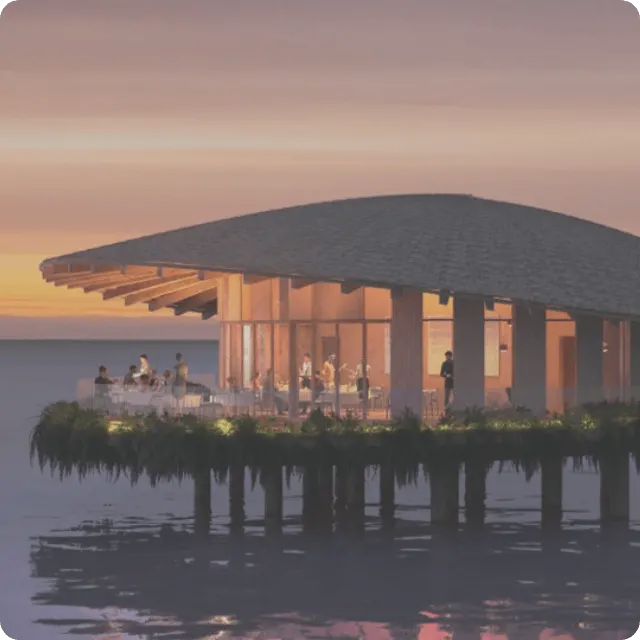
ROSHN
ROSHN is a national real estate developer that was established to meet the increasing demand for homeownership in Saudi Arabia. The project is backed by the Public Investment Fund (PIF), which is one of the world’s largest sovereign wealth funds. ROSHN is a giga-project, which means that it is one of the major initiatives launched as part of the plan.
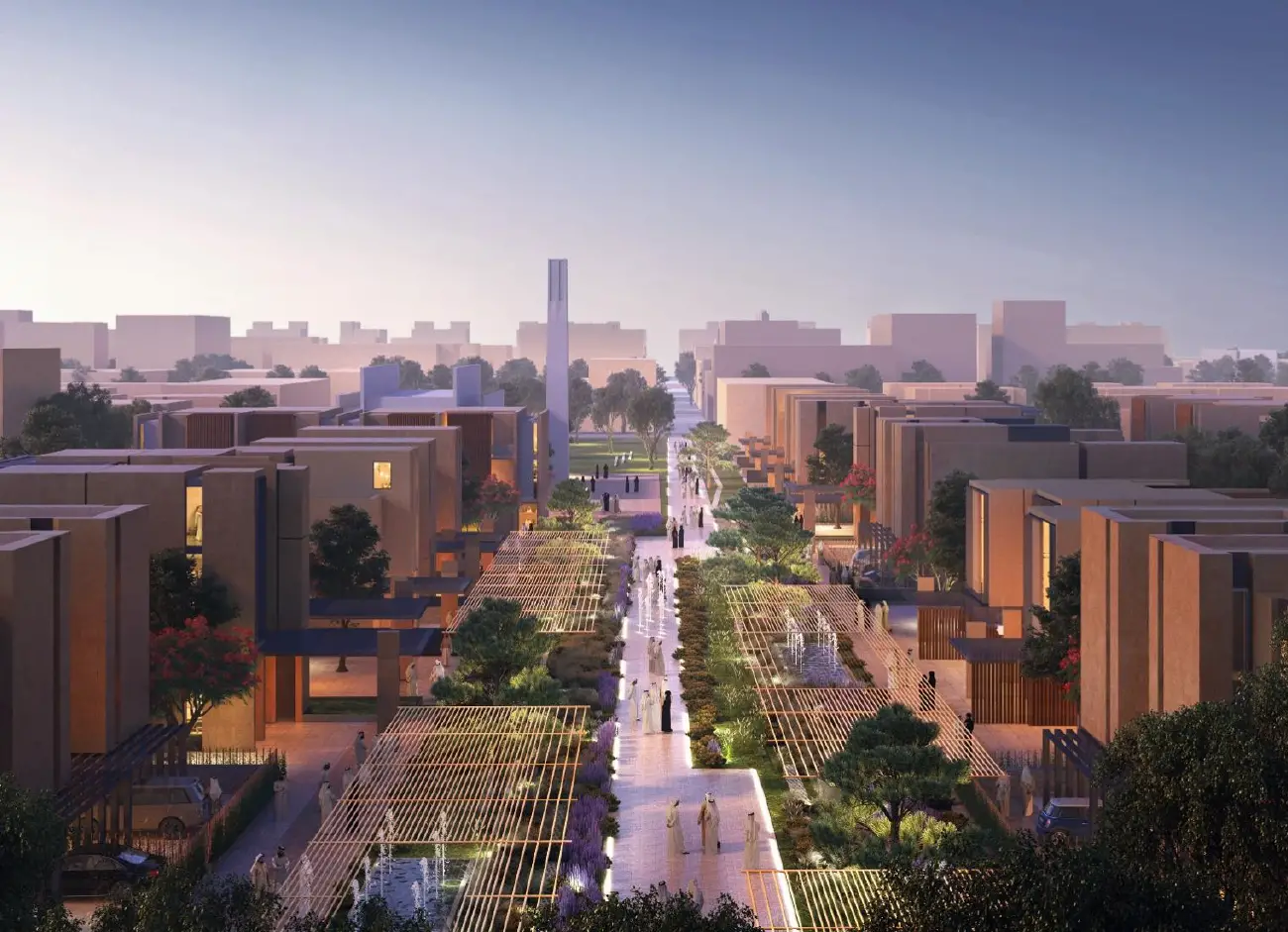
The aim of ROSHN is to provide affordable housing solutions for Saudi citizens, particularly young families and those on lower incomes. This is achieved by offering a range of properties, including apartments, villas, and townhouses, that are designed to meet the needs of different family sizes and budgets.
ROSHN is also focused on creating sustainable communities, with amenities such as parks, schools, and commercial centers. By providing quality and affordable housing, ROSHN is expected to have a positive impact on the overall social and economic development of Saudi Arabia.
ROSHN Communities
ROSHN Riyadh is a master-planned community located in the capital city of Saudi Arabia. It is designed to provide residents with a contemporary lifestyle and urban amenities, featuring residential units, green spaces, retail centers, and recreational facilities. The community is strategically located to offer easy access to the city’s main landmarks and business districts.
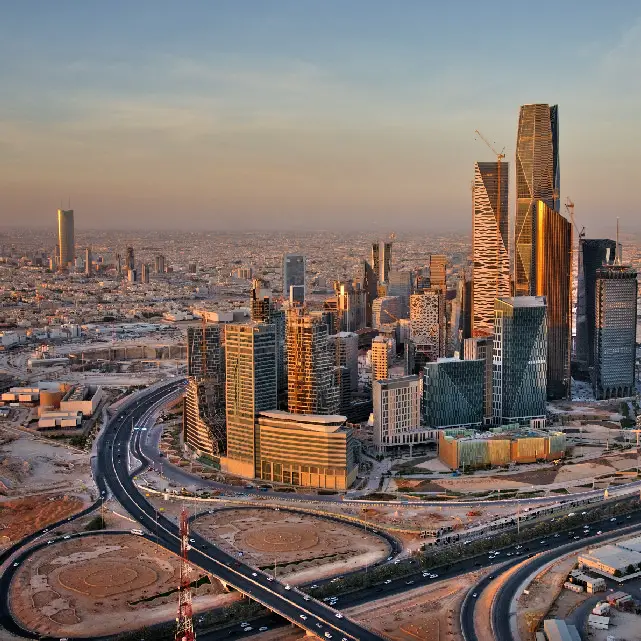
ROSHN Makkah is a residential project located in the holy city of Makkah, Saudi Arabia. The community is designed to provide a peaceful and spiritual living experience for residents, with contemporary homes, green spaces, and facilities for worship. The project offers easy access to the Grand Mosque and other religious landmarks, making it an ideal location for pilgrims and residents.
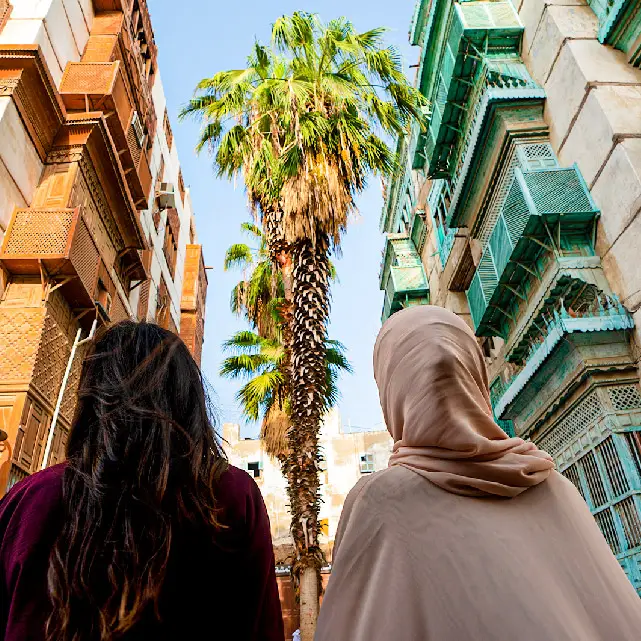
ROSHN Asir is a community located in the Asir Region of Saudi Arabia. It offers a unique living experience, surrounded by breathtaking natural landscapes and greenery. The community features modern homes, parks, retail centers, and recreational facilities for residents. The project is designed to promote sustainability and environmental conservation, with green spaces and a focus on eco-friendly living.
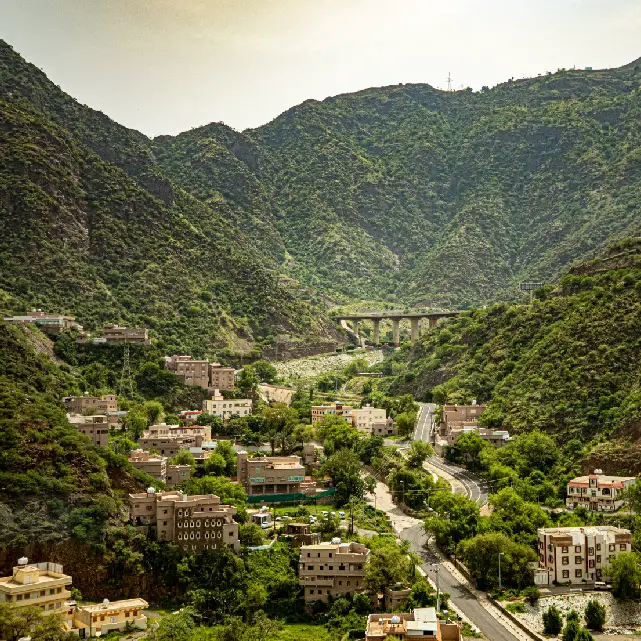
ROSHN Eastern Region is a residential development located in the eastern part of Saudi Arabia. It offers a contemporary lifestyle for residents, with modern homes, recreational facilities, and retail centers. The community is strategically located to provide easy access to the region’s main business districts and cultural attractions, making it an ideal location for families and professionals.
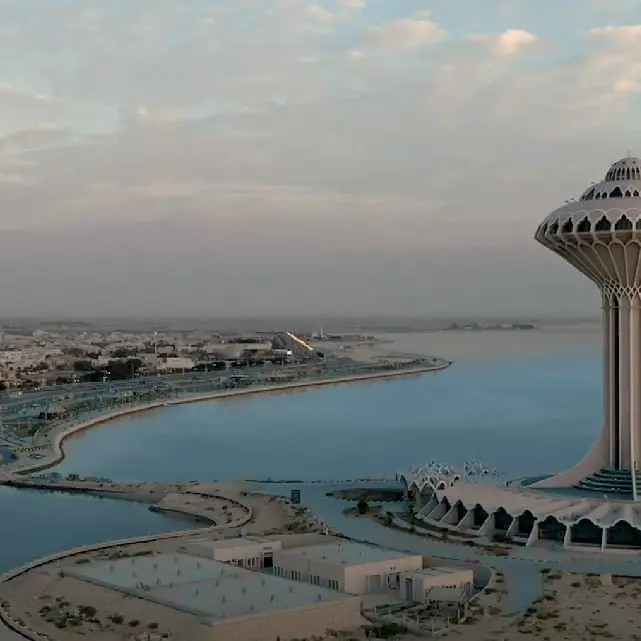
ROSHN Jeddah is a master-planned community located in the coastal city of Jeddah, Saudi Arabia. It offers a luxurious and contemporary living experience, featuring residential units, green spaces, and recreational facilities for residents. The community is located near the Red Sea and offers stunning views of the waterfront. It is also close to the city’s main landmarks and business districts.
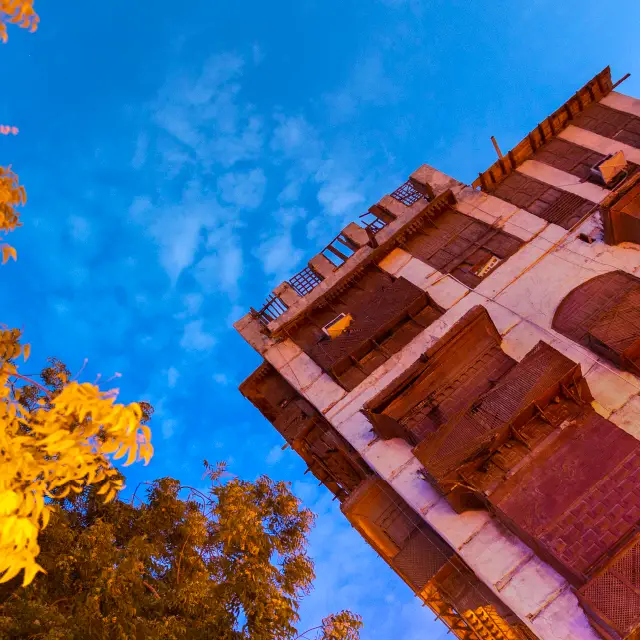
ROSHN Al Kharj is a residential project located in the Al Kharj Region of Saudi Arabia. It offers a peaceful and family-friendly living experience, featuring contemporary homes, green spaces, and recreational facilities for residents. The community is designed to promote a healthy and active lifestyle, with jogging tracks, playgrounds, and sports facilities. It is also close to the main highways, offering easy access to other parts of the country.
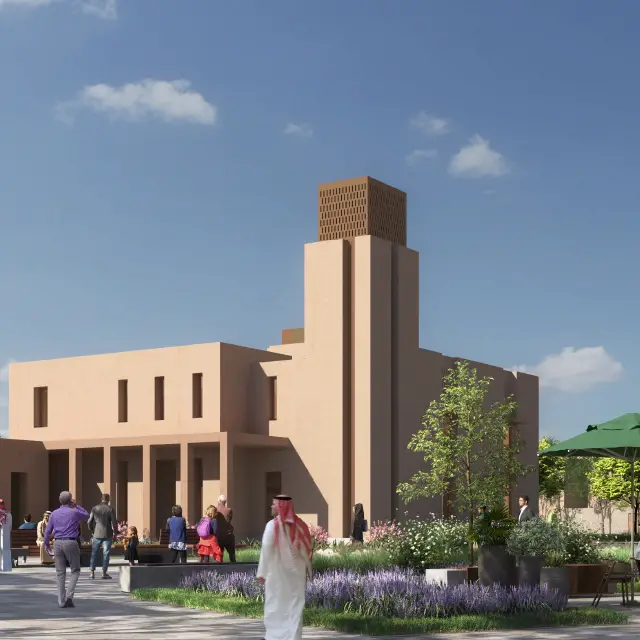
Video: Saudi Arabia 2030 Vision Documentary
Interested to learn more about the exciting developments in relation to the Saudi Vision 2030? Here’s a 16-minute documentary film showcasing the latest investments and developments in Saudi Arabia as of 2021.
Get an exclusive glimpse of the country’s transformation and how it’s rapidly evolving with ambitious projects such as NEOM, the Red Sea Project, and Qiddiya, which are set to reshape the country’s economy and tourism industry.
Discover how Saudi Arabia is diversifying its economy and reducing its reliance on oil, as well as how it’s enhancing the quality of life for its citizens through initiatives such as the Saudization program, ROSHN communities, and other sustainable urban developments.
This documentary offers an insightful perspective on the future of Saudi Arabia and the exciting possibilities that lie ahead.
Frequently Asked Questions
1. What is Saudi Vision 2030?
Saudi Vision 2030 is a long-term plan for economic and social transformation in Saudi Arabia.
The vision was launched by the Crown Prince Mohammed bin Salman in 2016, with the goal of diversifying the country’s economy, reducing its dependence on oil revenue, and improving the lives of Saudi citizens.
2. What are the key goals of Saudi Vision 2030?
The vision has three main objectives: to create a vibrant society, a thriving economy, and an ambitious nation.
The specific goals include increasing the number of jobs available to Saudi citizens, increasing the participation of women in the workforce, developing the country’s tourism industry, expanding its non-oil exports, and promoting transparency and effective governance.
3. How is Saudi Vision 2030 being implemented?
The implementation of this program is being overseen by a dedicated government body, the Council of Economic and Development Affairs.
The plan involves a wide range of initiatives and reforms, including regulatory and legal changes to promote business growth, investments in infrastructure, and the development of new economic sectors.
4. What are some of the challenges facing the implementation of Saudi Vision 2030?
One of the main challenges facing the implementation of this program is the need to overcome the country’s dependence on oil revenue, which has been a major driver of its economy for decades.
Additionally, the plan faces cultural and social obstacles, such as the need to overcome traditional gender roles and increase the participation of women in the workforce. Other challenges include ensuring the availability of adequate funding for the initiatives and addressing issues related to bureaucracy and corruption.
Summary
In conclusion, Saudi Vision 2030 represents a significant shift in the way Saudi Arabia plans to grow and develop in the coming decade. The ambitious plan aims to transform the Kingdom into a diversified economy that is less reliant on oil and more focused on innovation and social development.
While there are many challenges and obstacles to overcome, the people of Saudi Arabia are embracing this vision with enthusiasm, working towards a future of greater prosperity and opportunity for all. With its commitment to transparency, accountability, and sustainability, this program has the potential to reshape the Kingdom and make it a leader in the region and the world.
READ NEXT: A Look into The Mukaab: A First in the World
